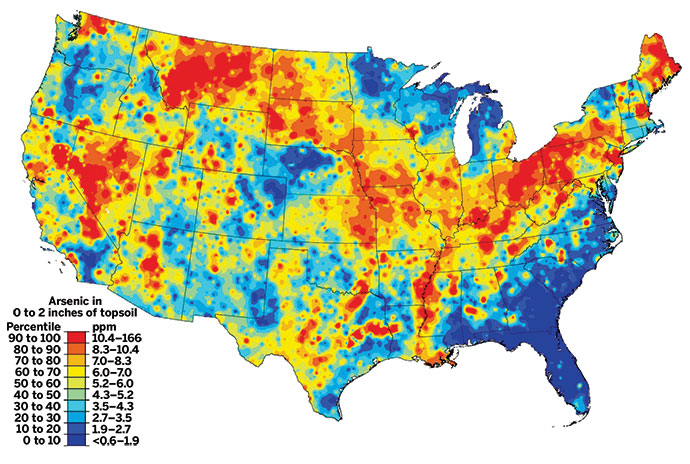Advertisement
Grab your lab coat. Let's get started
Welcome!
Welcome!
Create an account below to get 6 C&EN articles per month, receive newsletters and more - all free.
It seems this is your first time logging in online. Please enter the following information to continue.
As an ACS member you automatically get access to this site. All we need is few more details to create your reading experience.
Not you? Sign in with a different account.
Not you? Sign in with a different account.
ERROR 1
ERROR 1
ERROR 2
ERROR 2
ERROR 2
ERROR 2
ERROR 2
Password and Confirm password must match.
If you have an ACS member number, please enter it here so we can link this account to your membership. (optional)
ERROR 2
ACS values your privacy. By submitting your information, you are gaining access to C&EN and subscribing to our weekly newsletter. We use the information you provide to make your reading experience better, and we will never sell your data to third party members.
Environment
In Katrina's Wake, An Arsenic Threat
February 12, 2007
| A version of this story appeared in
Volume 85, Issue 7
An incredible 72 million m3 of debris was created when Hurricane Katrina wreaked havoc in Louisiana and Mississippi in 2005. A survey of this debris now reveals that an estimated 1,740 metric tons of elemental arsenic could leach into groundwater from unlined landfills where the materials are being disposed (Environ. Sci. Technol., DOI: 10.1021/es0622812). The arsenic is primarily in the form of chromated copper arsenate (CCA), a chemical once commonly used to pressure-treat lumber for protection against termites and decay. The lumber industry has voluntarily phased out CCA for residential uses in recent years because of public health concerns. Lumber is now typically treated with quaternary ammonium copper or copper boron azole compounds. To conduct the survey, environmental engineer Helena M. Solo-Gabriele of the University of Miami and her coworkers used handheld X-ray fluorescence spectrometers to measure arsenic concentrations in hundreds of pieces of debris in the hard-hit areas of New Orleans. On the basis of their findings and state government estimates of the amount of debris, the team calculated the overall amount of latent arsenic.




Join the conversation
Contact the reporter
Submit a Letter to the Editor for publication
Engage with us on Twitter